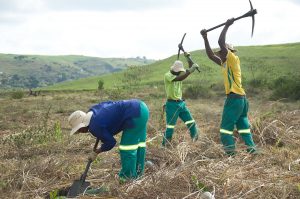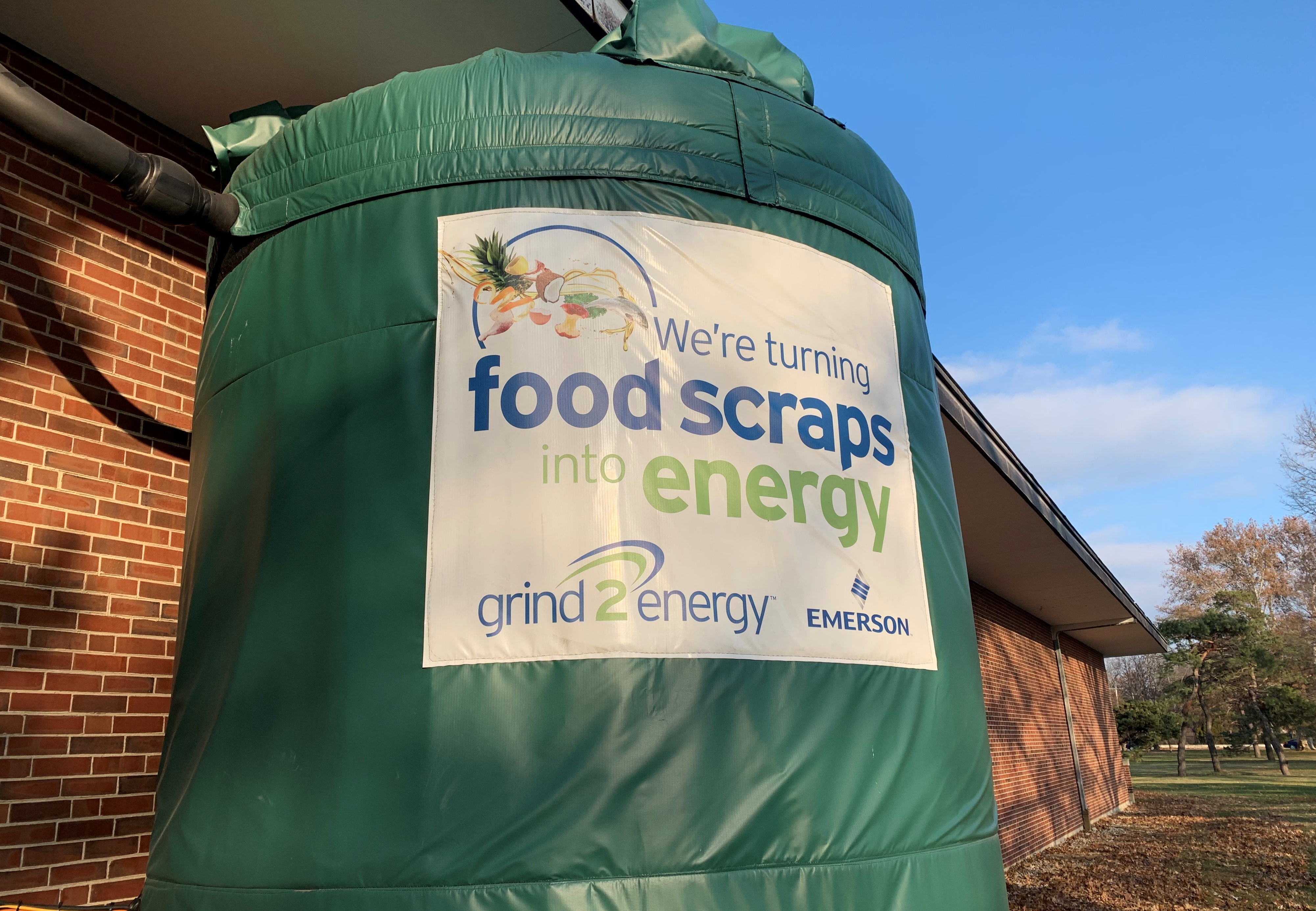Chicago's Renewable Energy Resolution
BE IT RESOLVED, That we, the Mayor and Members of the City Council of the City of Chicago, assembled this thirteenth day of March 2019, commit to transition to 100% clean renewable energy community-wide beginning with 100% renewable electricity in buildings by 2035 and complete electrification of CTA's bus fleet by 2040;
BE IT FURTHER RESOLVED, That we commit to ensuring that community-wide power will come from the generation and storage of clean, renewable energy from solar, wind, and geothermal sources with an emphasis on new and local resources; and
BE IT FURTHER RESOLVED, That the City of Chicago will develop a transition plan by December 2020, which will outline key strategies, set progression milestones, develop a timeline for reaching an equitable clean energy transition, and further opportunities to create a 100% clean, renewable energy future community-wide, as well as addressing issues including but not limited to...
(see file)



 Grind2Energy: Turning Campus Food Waste into Fuel
Grind2Energy: Turning Campus Food Waste into Fuel